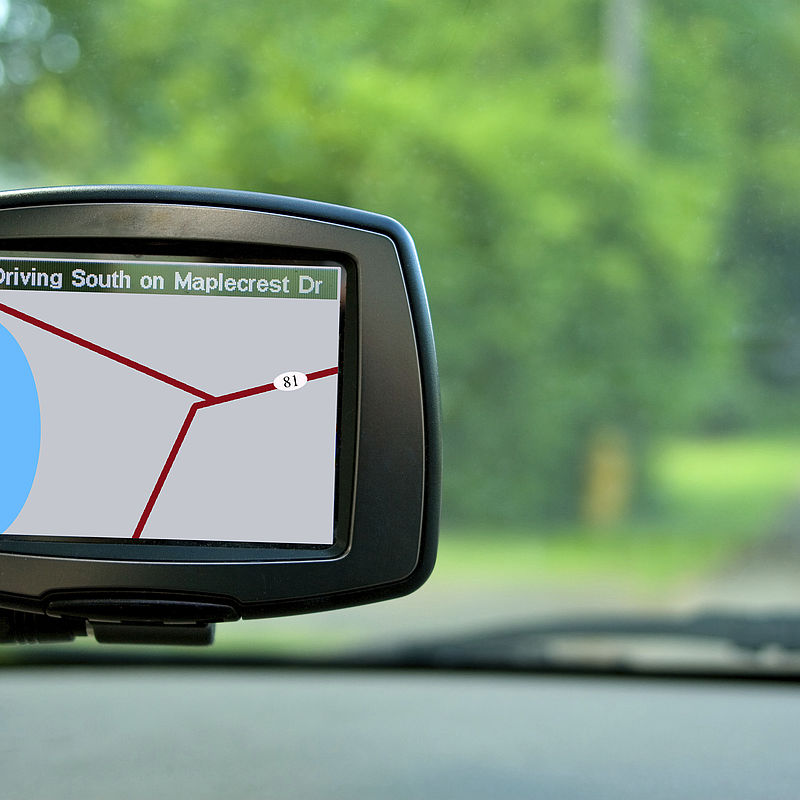
Transportable atomic clocks
Challenge
Banks and internet companies need very accurate time and date stamps to send information and process high frequency transactions. As the technology used gets faster, greater timing precision is required. Atomic timekeeping, provided by National Measurement Institutes, supplies the highest timing accuracy, but these clocks are bulky and require very precise operating conditions and exceedingly low temperatures making them difficult to maintain. Technology and finance companies need on-site clocks that offer comparable levels of accuracy, but which are simpler to look after and operate.
Compact, and more portable, rubidium vapour clocks are being developed for industrial uses. In this type of atomic clock, lasers excite rubidium atoms under very tightly controlled temperature and magnetic conditions to produce and control the specific microwave frequencies used in timekeeping – the clocks ‘ticks’. Variations in manufacturing processes can create very small changes to the clock’s cavity that produces the microwaves, and hence can effect its performance. This makes a standardised frequency difficult to reliably reproduce between clocks from the same production process.
Reliable on-site atomic timekeeping has the potential to create innovations in financial transactions and internet based communications provided greater compactness and reliability can be achieved. Making clocks smaller, more robust and improving reliability will increase the spread of these highly accurate frequency standards.
Solution
The EMRP project Compact and high-performing microwave clocks for industrial applications, improved an existing prototype rubidium clock – the Rubiclock – to make it suitable for industrial applications.
The project made design changes to the clock’s cavity, and improved understanding of how to make adjustments to its magnetic field and temperature. This allowed improved tuning of the frequency output, enabling greater optimisation of clock performance. Advances were validated against highly stable hydrogen maser atomic clocks.
The project’s revised rubidium clock was further tested during zero-gravity flights in the earth’s upper atmosphere. Removing gravity extends the clocks signal generation time, allowing more accurate confirmation of performance.
Impact
Muquans, a spinout company from the Institut d’Optique and Observatoire de Paris, built on Rubiclock technologies advanced in the project to develop and commercialise the clock for industrial applications. Project developments have enabled the Rubiclock’s advanced prototype to be made more compact and provided better fine tuning for the clock’s microwave cavity. This has significantly improved clock performance by reducing cavity size differences resulting from the manufacturing process. Now commercially available as the Muclock, it offers comparable onsite accuracy to NMI clocks, whilst being much more compact and easier to maintain.
Easy to use atomic clocks, such as the Muclock, will provide European financial, telecommunications, navigation and research organisations with accurate and reliable frequency and synchronisation tools for use in-house and on-site.
- Category
- EMRP,
- Industry,
